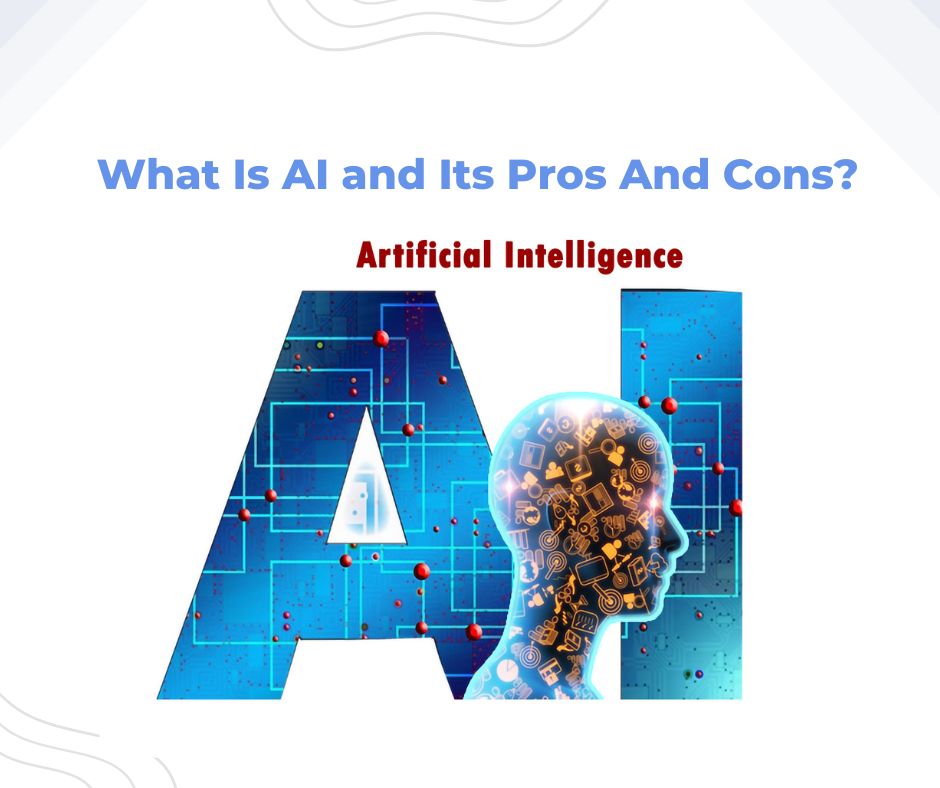Introduction
Java is one of the most popular programming languages in the world. It’s used to create web applications, desktop applications, and more. Java Full Stack Developer is a course that will teach you how to create Java applications from start to finish. You’ll learn how to use Java programming tools, frameworks, and libraries. This course is perfect for anyone who wants to learn how to create Java applications.
Who Is A Java Full Stack Developer?
A Java Full Stack Developer is someone who is able to work with both the front-end and back-end of a Java application. They are also knowledgeable in various web development technologies, such as HTML, CSS, and JavaScript. A Java Full Stack Developer can develop and maintain a Java-based web application from start to finish. They may also be able to work with other programming languages, such as JavaScript, on the backend.
Java is a widely used programming language and platform. Java has become the de facto choice for web development and app development because of its popularity, compatibility with other languages, abundance of resources, and strong community support. A Java Full Stack Developer is someone who can build a complete Java application from start to finish. This may include developing the user interface, creating the database, writing the code that interacts with the database, and deploying the application onto a web server or mobile device. A Java Full Stack Developer also knows how to use various libraries and frameworks to make developing applications easier. If you wish to leverage technical knowledge in Java Development then joining the Kelly Technologies Java Full Stack Developer Course in Hyderabad program would be an apt choice.
The Skills You Need For A Successful Career In Java Full Stack Development
If you are looking to pursue a career in Java full stack development, you need to be familiar with the basics of programming. This includes knowledge of Java, Eclipse or NetBeans, HTML, CSS and JavaScript. Additionally, it is helpful if you have experience working with AJAX and JSON. PHP skills are a plus but not necessary for most positions in this field.
To be successful in Java full stack development, you need to have a solid understanding of both the software development process and Java. You should also be comfortable working with other programming languages, such as JavaScript and AJAX. In order to maximize your potential in this field, it is important to keep up with industry trends and developments. Certification can give you an edge in the job market, so be sure to explore all your options when looking into pursuing a career in Java full stack development.
What Does A Typical Day Look Like For A Java Full Stack Developer?
A Java full stack developer is responsible for building web applications using Java technologies. This includes skills in coding, design, and testing. A typical day for a Java full stack developer might involve working on an existing application or developing a new one from scratch. They may also be involved in troubleshooting and resolving issues with the software.
A typical day for a Java full stack developer might start with reviewing code or documentation. After that, they may begin working on the project’s specifications. This would include creating design documents and testing scripts. The developer may also be involved in code reviews to ensure that the software is correct and meets expectations. As the day progresses, they may continue developing the application or work on fixing issues found during code reviews. At the end of the day, they might finalize their work by cleaning up any unfinished tasks and preparing the project for next day’s work.
The Challenges And Rewards Of Being A Java Full Stack Developer
As technology changes at a rapid pace, the skills needed for a Java full stack developer are always evolving. This means that being a Java full stack developer can be both challenging and rewarding. On the one hand, it can be difficult to keep up with all of the latest technology trends. However, on the other hand, staying up to date with this technology ensures that you have the most current and relevant skillset.
Being a Java full stack developer also comes with its own set of challenges and rewards. For example, it can be rewarding to work on complex projects that require coordination between different teams. Additionally, being a Java full stack developer can give you access to some of the best development tools available. Finally, becoming a Java full stack developer is an important step in achieving success as a software engineer.
Becoming a Java full stack developer is an important step in achieving success as a software engineer. However, becoming a Java full stack developer is not easy. It takes lots of discipline and dedication to learn all of the different pieces of the puzzle. Furthermore, staying up to date with rapidly changing technology can be difficult. However, these challenges are well worth it when you consider the rewards that come with being a Java full stack developer.
What Are The Hottest Trends In Java Full Stack Development Right Now?
Java full stack development is experiencing a resurgence right now, with the rise of microservices, container orchestration, and cloud-native development. These are three of the hottest trends in Java full stack development right now.
Microservices are a big deal in Java full stack development. They allow for a more modularized approach to application architecture, which makes it easier to manage and scale your application. Additionally, microservices make it possible to deploy applications on different types of platforms (e.g., private clouds, public clouds), which can be beneficial for businesses that are looking to broaden their reach geographically or across different industries.
Container orchestration is another trend that’s seeing increased popularity in Java full stack development. This technology allows you to manage containers (i.e., isolated software components) using an orchestration platform such as Kubernetes or Mesos. This can help you reduce the complexity and debugging time associated with managing containers manually. Container orchestration also enables you to automate tasks such as deploying new containers onto servers, scaling up or down your server fleet based on customer demand, and monitoring your containers and their runtime environments using centralized management tools like Prometheus or Grafana.
Cloud-native development is yet another trend that’s seeing increasing adoption in Java full stack development circles these days. Cloud-native applications are designed from the ground up to run efficiently and securely on modern cloud platforms such as Amazon AWS and Google Cloud Platform. These applications take advantage of features offered by these platforms (e.g., automatic scaling based on customer demand, best-in-class security features) without requiring any modifications or changes to the underlying codebase. Server less architectures are also increasingly popular in Java full stack development these days because they enable developers to build highly scalable applications without having to worry about managing servers or installing additional software components.
Who Are The Leading Figures In The World Of Java Full Stack Development?
Java is a versatile language that can use for full stack development. This means that a Java full stack developer has the skills needed to develop applications using code, databases, and web technologies.
Some of the leading figures in the world of Java full stack development. This include James Gosling, David Heinemeier Hansson, and Paul Graham. These individuals have spent years developing and teaching Java, which has made them some of the most sought-after experts in this field. If you are interested in learning more about Java full stack development, these are names to keep on your radar.
Gosling is a founding father of the Java language and has spent years working on the implementation and design of this platform. He is also the creator of the popular Eclipse IDE, which makes it easy for developers to work with Java code.
David Heinemeier Hansson is another top name when it comes to Java full stack development. Hansson is a software engineer who has worked on various projects using Java and other programming languages. His experience can be found at many well-known companies, such as Amazon and eBay.
Finally, Paul Graham is one of the most well-known figures in the world of computer programming. Graham was born in New Hampshire but now lives in California. He is known for his writing skills as well as his work on developing applications using object-oriented programming techniques. If you want to learn more about Java full stack development, then be sure to read some of Graham’s writings or take one of his courses online.
Final Thoughts
This Article in Global Reports has given you the content related the Developer. Java full stack development is a versatile and in-demand skill set. To be successful in this field. You need to have strong programming skills and experience with at least one technology platform. Additionally, you’ll also need to be familiar with various software development tools, such as version control systems (VCSs), source control libraries, and build automation tools. Finally, becoming a developer requires fluency in the language itself and knowledge of the ecosystem surrounding it. With enough dedication and patience, anyone can become a Java full stack developer!









